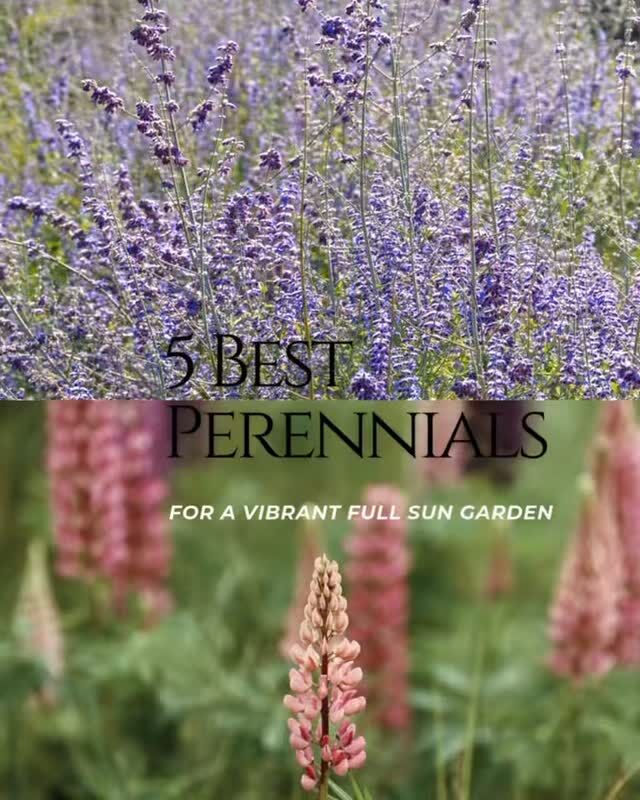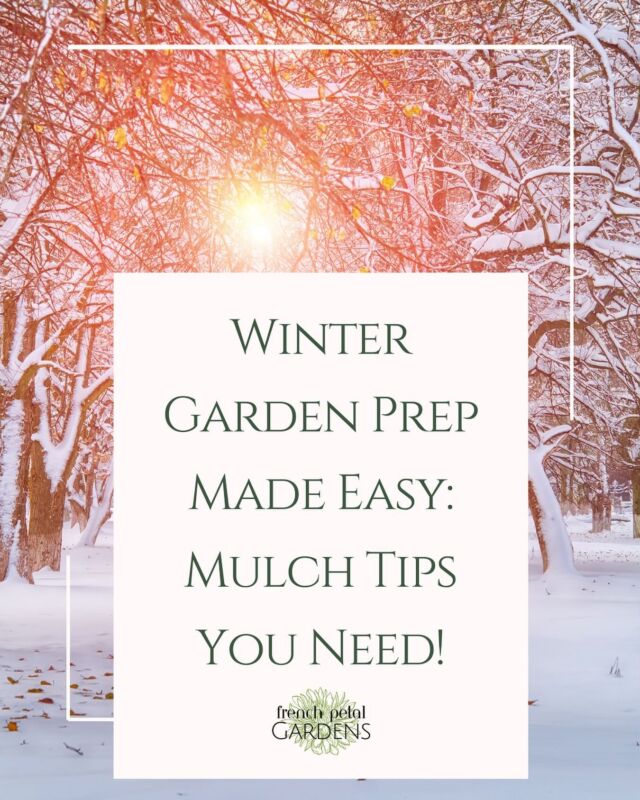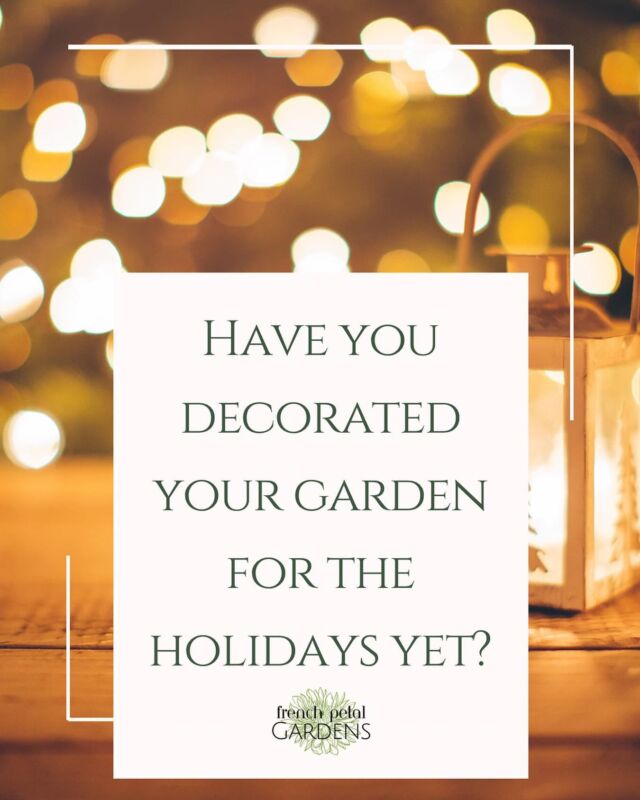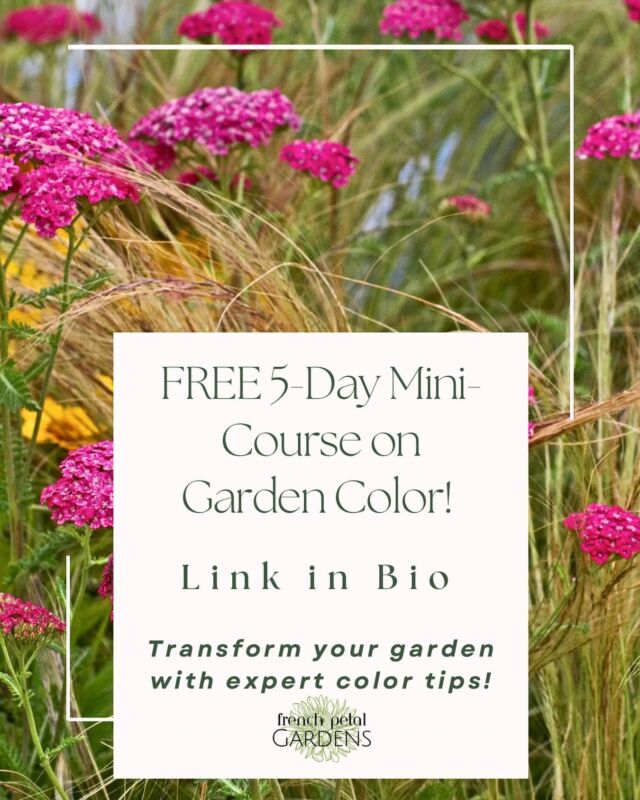Are you looking to cultivate a garden theme that captivates and flourishes? From cottage whimsy to Zen calm, tea garden tranquility, or a practical herb haven, each theme offers unique flair and advantages. Dive into our guide and unearth the secrets to creating an outdoor space that’s not just a garden but a reflection of your personal style and a nurturing corner for relaxation and enjoyment.
![]()
This post is all about garden theme ideas.
Key Takeaways
- Theme gardens are a whimsical way to personalize your outdoor space, from English cottage charm to the flavors and fragrances of culinary gardens.
- Creating a specific garden theme involves planning around key elements, like pathways in cottage gardens or adding nighttime allure with white flowers in moon gardens.
- Theme gardens can be both aesthetically pleasing and functional, such as growing a variety of vegetables and herbs in a salad or pizza garden for farm-to-table dining.
Cottage Charm: Designing an English Cottage Garden
Picture this – a walk down a winding garden path lined with fragrant flowers, fruit trees, and quaint hollyhocks. Welcome to the world of English cottage gardens, where romance meets informal elegance. These themed gardens are all about creating a cozy atmosphere with a mix of flowering plants, herbs, and garden decor elements like curved hardscaping. Think arbors sprinkled with climbing roses, birdbaths surrounded by wildflowers, and charming flower beds nestled among delphiniums and irises in your very own themed garden. Explore these themed garden ideas to inspire your outdoor oasis.
What makes the English cottage garden special is its unique blend of plant choice and structure. The key elements of an English cottage garden include:
- Formal pathways that lend structure
- Casual plantings that maintain their naturalistic charm
- Homely elements such as bird baths and pergolas to create a cozy garden retreat.
Tea Time: Crafting Your Tea Garden
Leaving the charm of English gardens behind, we venture into the serene world of tea gardens. Envision brewing your own chamomile or peppermint tea, fresh from your backyard. That’s the essence of a tea garden: your sanctuary for tea-making escapades.
Plant your Camellia sinensis where it gets ample sunlight and rainfall. Add in some chamomile, peppermint, lavender, bee balm, hibiscus, and ginger to diversify your tea flavors. Now, to make your tea garden feel super chill, consider adding lanterns and smooth stepping stones. These elements create a soothing vibe and make your garden a perfect spot for a relaxing tea time.
Pollinators’ Paradise: Building a Pollinator Garden
Leaving the serenity of tea gardens behind, we enter the vibrant world of pollinators. A pollinator garden thrives with local flowering plants, native plants, and wildflowers, attracting butterflies, bumblebees, and hummingbirds. It’s more than just a beautiful sight; these small creatures significantly contribute to our ecosystem.
Creating a pollinator garden involves adding a variety of elements, such as:
- Plants and flowers
- Trees and shrubs
- Grass
- Water features
You’ll need different plant heights, baby butterfly plants, and some snacks for the adult butterflies. Add in scented plants, and you’ll have a bustling paradise attracting a variety of pollinators.
{RELATED: Garden Design Templates}
Zen Retreat: Creating a Japanese Zen Garden
Moving on from the lively world of pollinators, we find tranquility in the Japanese garden, a Zen-inspired space. A Zen garden offers a peaceful space, engaging your senses with its water elements, plant life, and distinctive rock formations.
Creating a Zen garden is all about bringing together elements that evoke peace and tranquility. Here are some key elements to consider:
- Natural elements
- A koi pond
- Soothing and meditative environment
- Sensory experience, engaging sight, smell, sound, and touch
Culinary Creations: Designing an Herb Garden
Moving away from the peaceful Zen, we enliven things with a culinary herb garden. It’s a practical and aesthetically pleasing addition to any backyard, adding:
- Greenery
- Fragrance
- Fresh flavors
- Minimal maintenance
- Quick harvests
Starting an herb garden is easy. All you need is plenty of sun, good soil, and enough water. You can start from seed or use starter plants. Herbs like basil, thyme, and chives are perfect for beginners as they are easy to grow and can handle different sun and soil conditions.
Fresh Flavors: Planting a Salad Garden
Transitioning from herbs, we explore the expansive world of salad gardens. A salad garden offers an enjoyable approach to incorporating the farm-to-table concept in your backyard, growing a medley of vegetables, leafy greens, and herbs for fresh salad harvests.
Some great choices for a salad garden include:
- Tomatoes
- Zucchini
- Lettuce
- Cucumbers
- Carrots
- Onions
- Garlic
- Peppers
To amp up the flavor, consider adding an herb garden and citrus trees to your salad garden for added diversity and flavor.
Blooming Delights: Growing an Edible Flower Garden
Moving on from salads, we enter the vibrant universe of edible flowers. An edible flower garden provides a visual and gustatory feast, featuring a variety of vibrant, flavorful blooms for use in desserts, salads, and drinks.
Some edible flowers that can add color and flavor to your dishes are:
- Roses
- Lavender
- Dandelions
- Nasturtiums
- Chives
- Echinacea
- Calendula
- Daylily
- Squash blossoms
- Pansy
- Viola
- Violets
Growing these flowers requires good soil, the right amount of sunlight and water, and a love for gardening.
Rocky Retreat: Designing a Rock Garden
Transitioning from vibrant blossoms, we embrace the serenity and natural allure of rock gardens. A rock garden infuses a touch of wilderness in your backyard, utilizing rocks of varied sizes, shade-loving flora, and potted plants to craft a tranquil, natural outdoor haven.
Designing a rock garden involves several steps:
- Planning the shape of the garden
- Choosing native boulders and rocks
- Deciding on a color scheme
- Carefully placing the natural stones
The goal is to make the rocks look natural and stay in place, creating a tranquil retreat in your backyard.
A Rose by Any Other Name: Creating a Rose Garden
Leaving rocks behind, we turn to the everlasting elegance of roses. A rose garden is a traditional choice for gardeners, boasting lush, fragrant blooms in a range of colors, sizes, and maintenance levels to match your preferences and gardening skills.
Growing roses requires the right soil, enough sunlight, and the right climate. You can choose from a variety of low-maintenance and shade-tolerant varieties to suit your garden’s conditions and your personal preferences.
Floral Fantasia: Designing a Flower Garden
Moving on from roses, we immerse ourselves in the lively world of flower gardens. A flower garden celebrates life’s colors, flourishing with a variety of bloomers such as:
- zinnias
- marigolds
- sunflowers
- lavender
Growing these plants requires different types of soil and care. Here are the soil preferences for each plant:
- Zinnias and marigolds prefer slightly acidic soil
- Sunflowers love sandy loam with a neutral pH
- Lavender requires a mix with organic matter, coarse sand, peat moss, and good drainage.
Moonlit Magic: Planning an Evening/Moon Garden
Transitioning from the daytime’s vibrancy, we step into night’s enchantment. An evening or moon garden, a type of theme garden, aims to create a magical space that radiates under moonlight, selecting plants that catch moonlight and draw nocturnal pollinators.
Creating a moon garden involves:
- Adding plants that glow under the moonlight
- Using mostly white flowers for a consistent color scheme
- Placing a centerpiece to draw attention
- Adding herbs like thyme and sage to enhance the evening vibe with their reflective leaves
Pizza Party: Growing a Pizza Garden
Moving away from moonlit enchantment, we encounter the enjoyment and taste of a pizza garden. A pizza garden is a fun, child-friendly concept where you can cultivate herbs like basil and oregano, ideal for crafting homemade pizzas.
To make your pizza garden stand out, consider adding an outdoor pizza oven or fire pit. This can turn your garden into a perfect outdoor pizza shop, offering an unbeatable pizza party experience.
Summary
In conclusion, themed gardens offer a delightful way to transform your outdoor space into a vibrant, purposeful, and enjoyable oasis. Whether you’re a fan of English charm, Zen serenity, culinary delights, or nocturnal magic, there’s a garden theme to suit your preferences. So why wait? Let your garden be your canvas and let your creativity bloom.
Ready to embark on the journey to create your themed garden? Check out our garden templates today and take the first step towards a stunning, themed garden that you’ll love for years to come!
This post has been all about garden theme ideas.
Other posts you may like
Creating Your Ideal Prairie Garden Layout: Tips and Strategies for a Stunning Natural Haven
Chic Butterfly Garden Layout Ideas | Creating a Fluttering French Oasis
Effortless Elegance: Top Low Maintenance Cottage Garden Ideas for a Charming Outdoor Space
Frequently Asked Questions
What is a theme garden?
A theme garden is a unique place where everything, including plants, accessories, and ornamental items, supports a single purpose or theme. It’s a garden where every element is tailored to fit a specific theme.
What is English garden theme?
An English garden theme features bountiful, lush flowers such as roses, peonies, dahlias, and ranunculus blooming at the same time, creating a charming and colorful display. It often includes charming picket fences, stone paths, and trellises to add a sense of order to the botanical chaos.
How to make a simple garden design?
To make a simple garden design, first, think about what you want and choose a location for your garden. Then determine the size and shape of your border, mark and measure the garden, and look for plants adapted to your growing conditions. Finally, make selections according to the basic principles of flower garden design. No date.
How do I make my garden aesthetic?
To make your garden more aesthetic, you can add flowers for color, use mulch for a polished look, consider adding furniture, install a maintaining system, and use garden borders for a defined look. Good luck!
What is theme in landscape design?
A theme in landscape design is characterized by identifiable features and may be culturally historic, such as traditional Italian or Japanese gardens. It includes specific built features, materials, form, and spatial organization.
 Dreaming of Your Perfect Summer Garden? Start
Dreaming of Your Perfect Summer Garden? Start
 Don’t let your garden
Don’t let your garden

 Ready to transform your garden into a vibrant
Ready to transform your garden into a vibrant
 C
C![🌸 Transform Your Garden in Just 5 Days! 🌿
Calling all busy professionals! Imagine a vibrant, low-maintenance garden that brings joy without the overwhelm. Our FREE 5-Day Mini Course is here to guide you step-by-step to create the outdoor oasis of your dreams.
✨ What you’ll learn:
🌼 Time-saving garden design tips
🌿 How to choose easy-care plants
⏰ Simple strategies to keep your garden beautiful year-round
Whether you’re a seasoned gardener or just starting out, this course is designed to fit into your schedule and help you create a garden that works as hard as you do.
📖 Sign up now and take the first step toward your dream garden: [Link in bio]
Tag a friend who would love this, and let’s grow something beautiful together! 🌸
#LowMaintenanceGarden #GardenGoals #BusyLifeGardening #FrenchPetalGardens](https://www.frenchpetalgardens.com/wp-content/uploads/sb-instagram-feed-images/467829098_8570250416427957_4568170604682563297_nfull.jpg)
 Why are naturalistic gardens so popular? As T
Why are naturalistic gardens so popular? As T Looking to a
Looking to a
 Don’t let lack of
Don’t let lack of